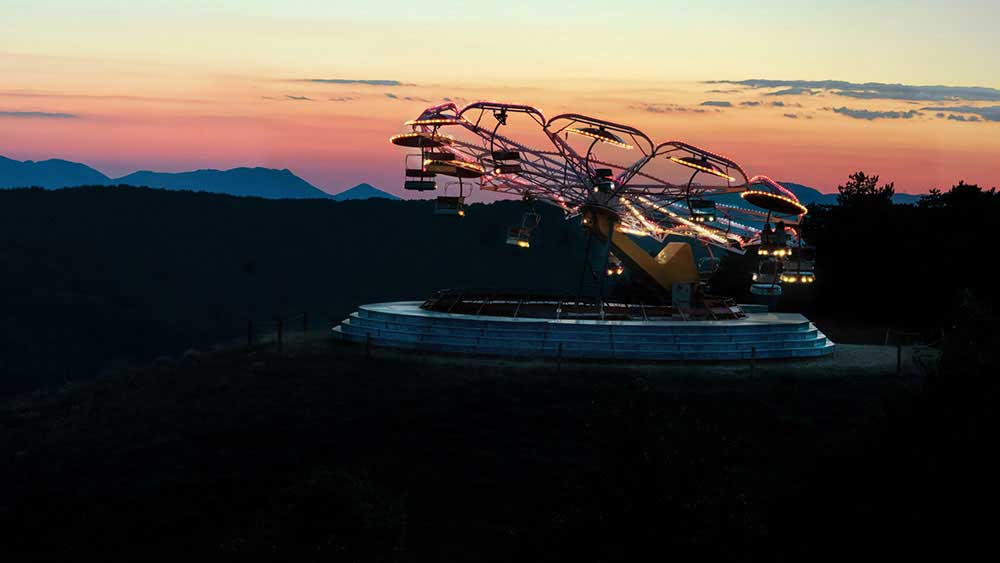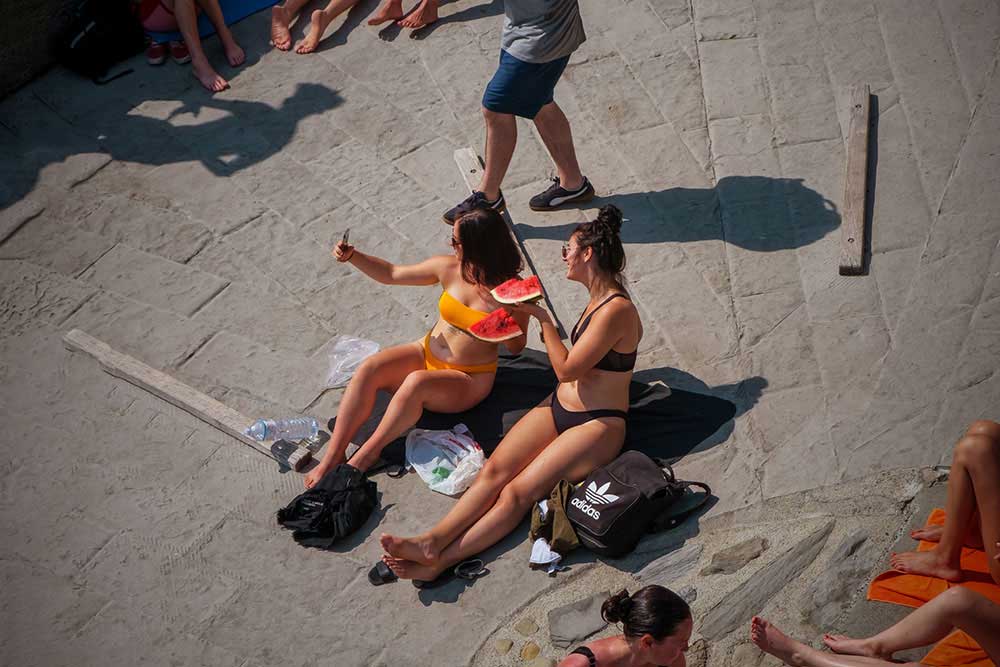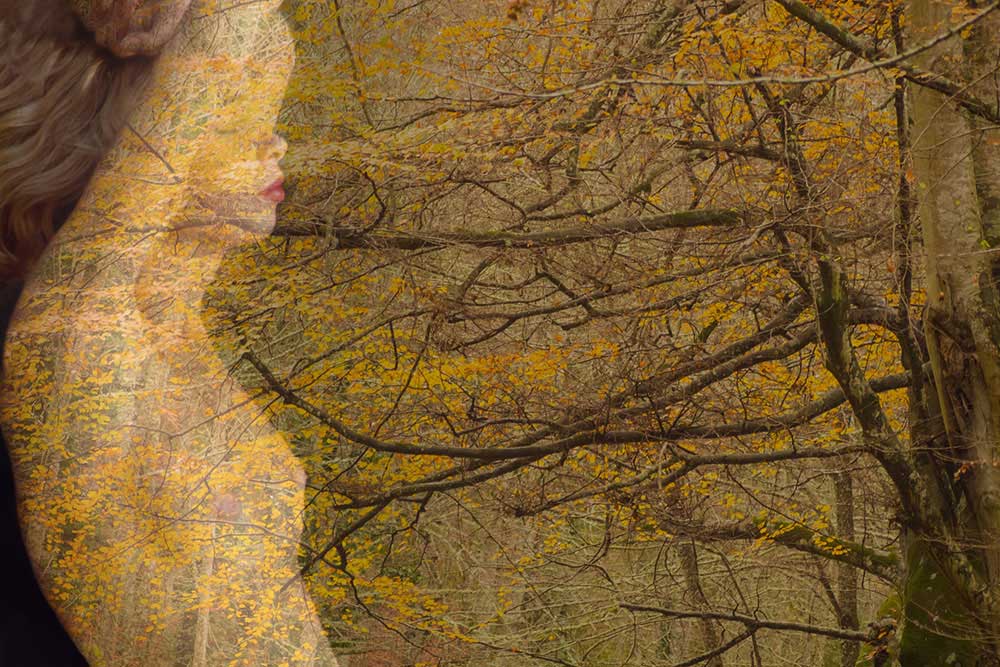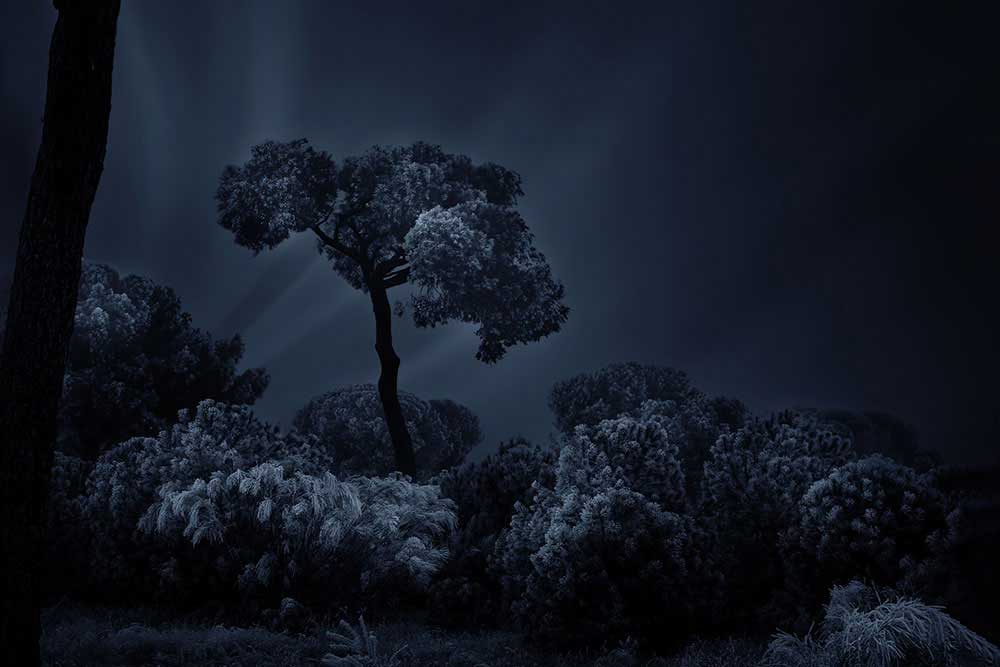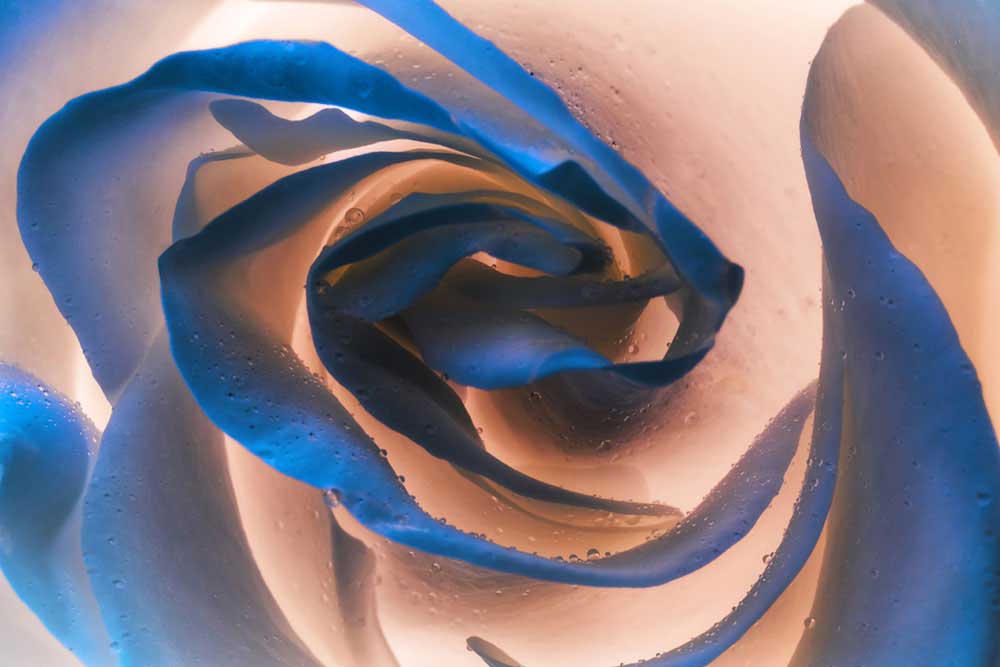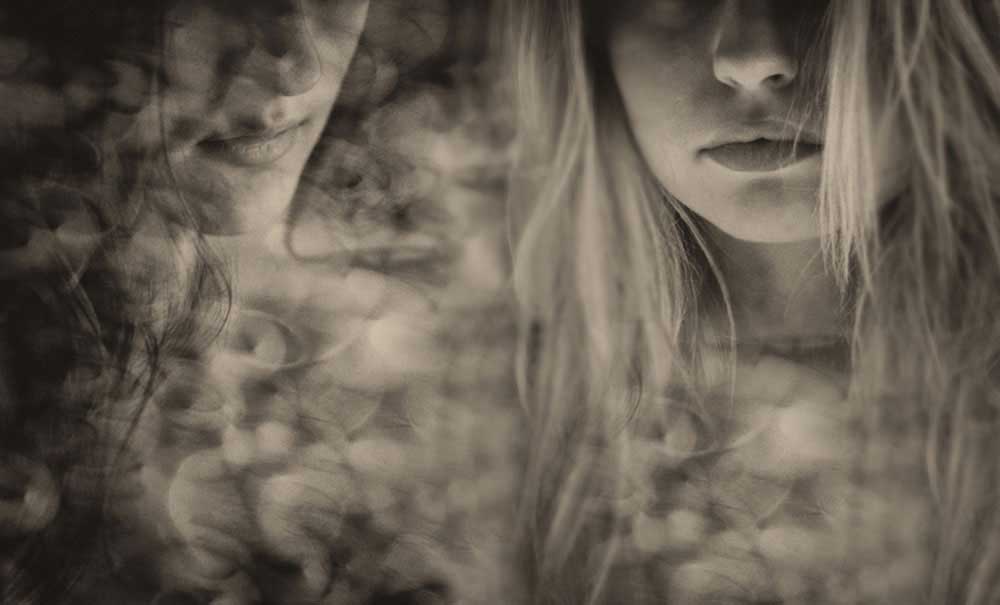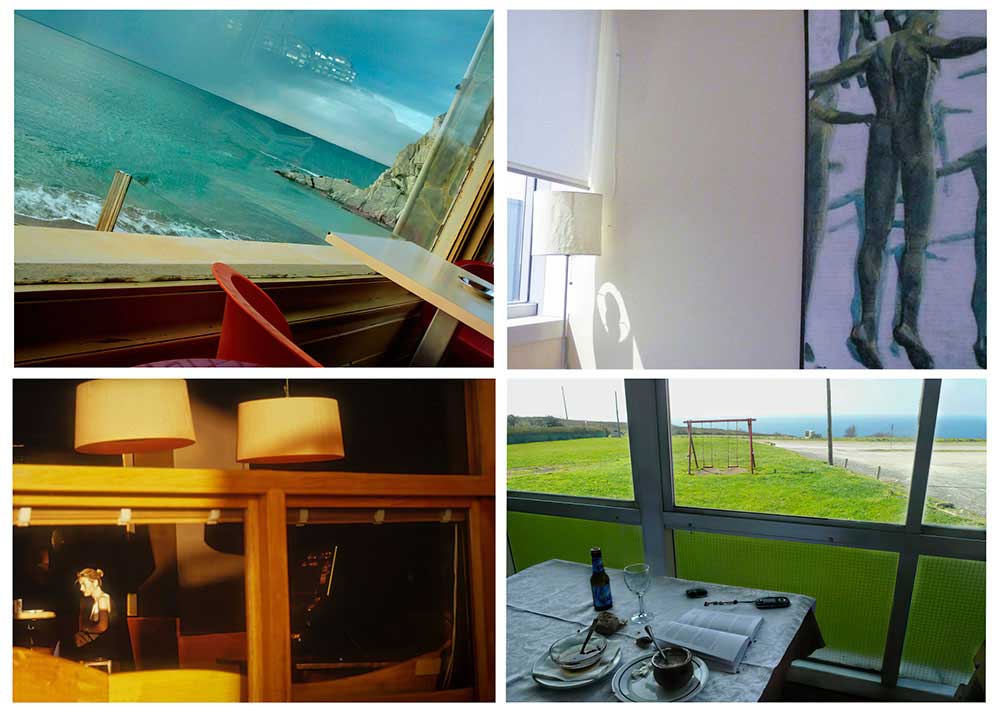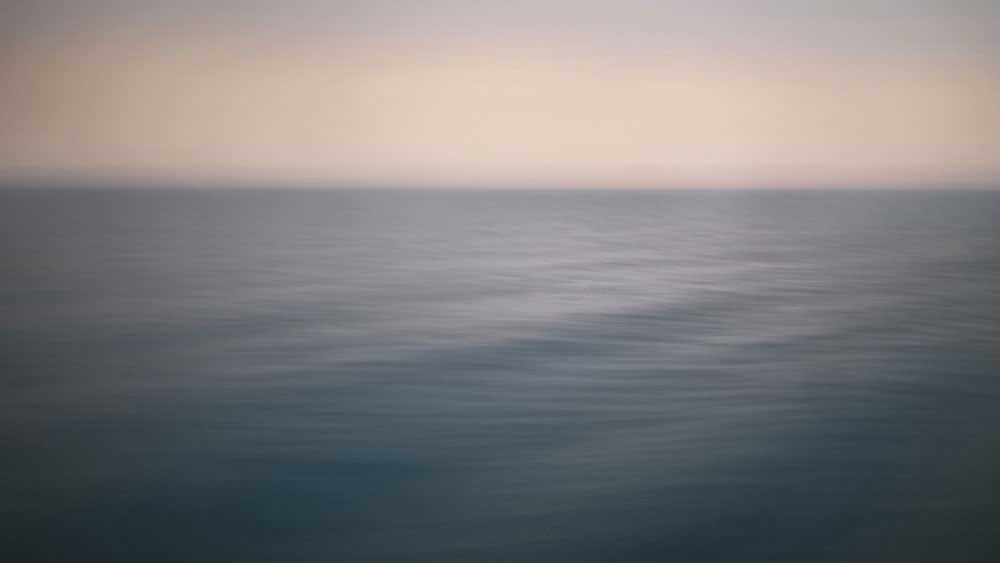In English there are two words to identify the two types of loneliness that can be felt: loneliness, which defines a state of negative solitude, normally imposed; solitude, which defines the state of being alone, but not feeling alone.
This substantial emotional difference between the two types of loneliness is not reflected in the languages of Latin origin in which we have a single word associated with loneliness. This fact, I think, has substantially contributed to that people associating the word loneliness with only the negative meaning.
If to the previous observation we add the fact that nowadays, if you are not able to fill all empty spaces left between times with something to do, if you are not connected, if you do not relate permanently, it is easy to fall into the trap of feeling alone, unnoticed and marginalized. All this, creates a perfect cocktail in people which leads to consider a “divergent” who expressly seeks positive solitude as a means to find their own balance; someone who must be suspected and quickly branded as “a dull” or “a hermit” so that this attitude does not break the fragile balance of someone who is afraid of loneliness.
Loneliness
Loneliness is the negative solitude; the unwanted, the one that break us down. But in English there is another expression related to loneliness that relentlessly depicts the worst loneliness possible: “feeling apart together”. I believe that there is no worse loneliness than can be perceived by being together with other people or, even worse, when it is perceived by being with your partner or your family. This is the loneliness of misunderstanding, apathy, cowardice, fear. This is the loneliness that is exposing and increasing the “pandemic” use of “socials” in which it tends to represent exclusively “the beautiful”, “the spectacular”; in which the “exceptionality is sold as everyday life; success as the only parameter to feel happy. All this is easy to generate an unhealthy dualism or even a bipolarism between what is shown and what is really felt, in addition to increasing envy and frustration.
There are also many other types of unsolicited but imposed loneliness: the loneliness of the indigent, social inequalities, anonymity in cities, lack of empathy, the degradation of the peripheries, isolation, the dehumanization, of the ages (for example: the loneliness of adolescence or the loneliness of old age), of the role that one has in a certain social response … how much need for love, understanding, compassion! … where do unfulfilled dreams go? the hopes, the projects that are lost?
Solitude
Unlike everything that is related to the word loneliness, in this article I want to claim and vindicate the value of solitude, of pause, of silence, of thought. More and more I think become more necessary slices of silence; the ability to listen; find interior spaces for the silence to widen; live in the most absolute abstraction of time. The need for silence and empty spaces responds to the need to make contact with who we are.
For this, we have to practice slowness and thought; we must give value to the durability of things and feelings; we have to accept the passage of time and its work on people and things; we have to immerse yourself in nature with respect; we have to marvel at the beauty present in small things or events; we must be brave to the point of admitting our limits and our fragility.
All this will allow us to feel good about ourselves and consequently be empathetic towards others.
My photography as solitude practice
Sometimes I seriously think that I take photography to practice solitude, as a means that allows me to escape from noise and take refuge in silence; a visual anechoic chamber. This is confirmed I believe if you have a look on the “Concept” section of my website
For example, when I go out to do landscape photography. The sunrises with their silences broken by the sounds of life that awakens, the necessary collusion with light and its whims, the ordering of time and gestures to be able to be prepared to do the best possible photo at the appropriate time and with all the technical section controlled, the skies of the sunsets that always reserve surprises until the last trace of light is gone, the time that seems to stretch and that suddenly runs unforgivably; the night with its reflected and silent lights. All this, is solitude; is to soak up it, far from any negativity.
Another moment of great and deep solitude is when I immerse myself in the micro world of macro. I usually practice this type of photography in the solitude of my studio, often in the dark, in silence, using a light-box, with a torch in hand to give light or remove it. I usually use subjects from the plant world and I love to find in them: symmetries, harmonies, landscapes, transparencies, parallelisms, metaphors.
Another way to practice solitude is when I stand in front of the computer for post-processing. This is a really intense moment because it is constellated with a constant decision-making whose base of course requires technique but guided by creativity, experience, taste and inspiration. Decide what to reveal and what to leave in the shade; how to trim; how to “play” with colors; what reading direction to accentuate… The same thing happens when I distribute the printed photos on my table to find assonances, points of view, resonances, dialogues and then discard, filter, clean … …
They are all moments of profound importance that it is better to approach from the wisdom of solitude.
Solitude or Loneliness…it depends!
I have found very educational to do the following “experiment”: I photographed situations in which I felt a deep and comforting solitude; I showed these images to other people and asked them to express what these images conveyed to them. It has been really shocking how the feelings expressed by people had a very high variability; some agreed with my feelings of solitude, but others perceived a deep loneliness and some even distress. Everything depends on the state of mind itself, on lived experiences that the image makes evident again, on other previous images that have been recorded in the subconscious and on many other conscious and / or subconscious microelements that condition our feelings.
Conclusion
Loneliness is an emotional experience, whereas solitude is the encounter with ourselves. Solitude is transformed into the black hole of loneliness when we believe that we should not be or when we want to be alone and we cannot be. Not having experienced any life stage alone, induces us to fill all empty spaces left between times, even these moments we feel alone within others. Having lived alone teaches us that we are never really alone because we are always accompanied by our mind in which dance tirelessly images, words, voices, experiences, thoughts.
All this, transform loneliness into solitude, but to be able to achieve it, it is necessary to understand an exciting but complicated journey constellated by a persevering personal construction, by the ability to know how to manage frustration, by the resilience that makes us lift when we have been hurt, by the admission of our fragility and the awareness that our true strength is not only in ourselves but in empathy towards others and in collaboration with others..
Photosatriani
I am a curious of life with idealistic tendencies and a fighter. I believe that shadows are the necessary contrast to enhance the light. I am a lover of nature, of silence and of the inner beauty. The history of my visual creations is quite silent publicly but very rich personally, illuminated by a series of satisfactions and recognitions, such as: gold and silver winner in MUSE Awards 2023; Commended and Highly Commended in IGPOTY 2022/19/18, honorable mention in Pollux Award 2019; selected for Descubrimientos PhotoEspaña (2014), Photosaloon in Torino Fotografia (1995) and in VIPHOTO (2014). Winner of Fotonostrum AI Visual Awards 2024. Group exhibitions in: Atlántica Colectivas FotoNoviembre 2015/13; selected for the Popular Participation section GetxoPhoto 2022/20/15. Exhibitions in ”PhotoVernissage (San Petersburgo, 2012); DeARTE 2012/13 (Medinaceli); Taverna de los Mundos (Bilbao); selected works in ArtDoc, Dodho, 1X. A set of my images belongs to the funds of Tecnalia company in Bilbao, to the collection of the "Isla de Tenerife" Photography Center and to the Medicos sin Fronteras collection in Madrid. Collaborator and interviewer for Dodho platform and in Sineresi magazine [Website]



